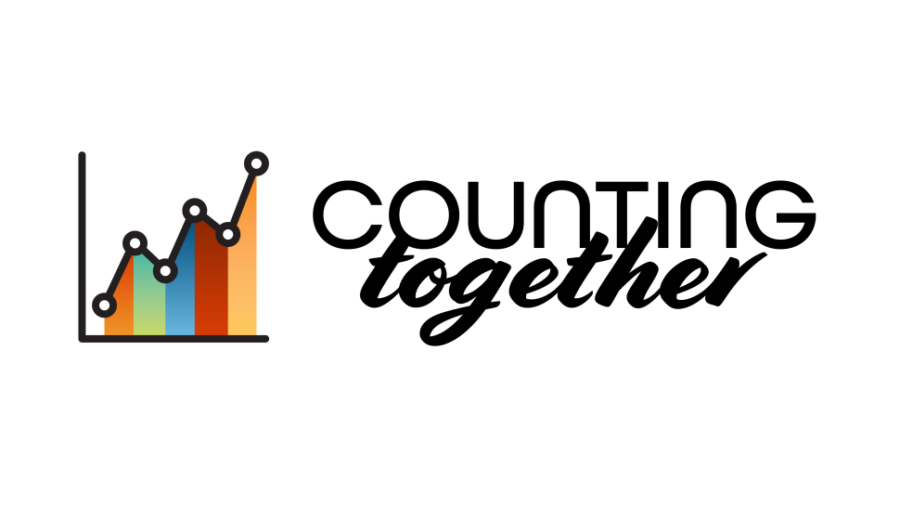NEW YORK: Counting Together, a growing coalition of theatre artists, arts professionals, and organizations engaged in separate, long-term studies of race, gender, and disability in the field, has announced the launch of a new online resource. The resource will provide free industry-wide data and statistics, with the goal to identify and forge pathways to greater equity and inclusion.
Counting Together’s website is a model of collaboration across the theatre field, and will serve as a resource for artists, activists, and advocates. The site will host research on equity, inclusion, and access by artistic discipline, economic sector, and location to tell the story of race, gender, and disability within the American theatre today. The site uses data collected from the ground up by actors, designers, playwrights, composers, educators, students, and arts administrators.
Counting Together was formed in early 2019 and expanded to include newer artist-led initiatives collecting testimonies of racism in theatre in the spring of 2020. Partners include the American Theatre Wing; the Asian American Performers Action Coalition; Baltimore Theatre Demographics by Brent Englar; the Bay Area Theater Accountability Workgroup; the Count for Liberal Arts Colleges at Davidson College; TheatreWashington; the Living Document of BIPOC Experiences; Maestra Music; the Performers with Disabilities Watchdog Report by Anita Hollander; the Sol Project; the Stage Directors and Choreographers Society; the Theatre Development Fund; Theatre Makers of Color Requirements; the League of Professional Theatre Women’s Women Count; the Dramatists Guild; the Lilly Awards Foundation; and multiple individuals. The website is hosted by the Dramatists Guild and the American Theatre Wing and is facilitated by Todd London, the director of field engagement for the guild, and Luis Castro, an advisor to the Wing.
Counting Together’s projects cover a broad range of interests and methodologies, investigating representation across disciplines, locales, and sectors of the field, including Broadway, the League of Resident Theatres, and specific cities and regions. Each project defines its own community of concern by race, gender, and disability, or the intersections thereof. Each project has emerged out of a passionate commitment to a more equitable and representative American theatre, in which women, people of color, people with disabilities, and trans and nonbinary artists are currently underrepresented in all disciplines.


